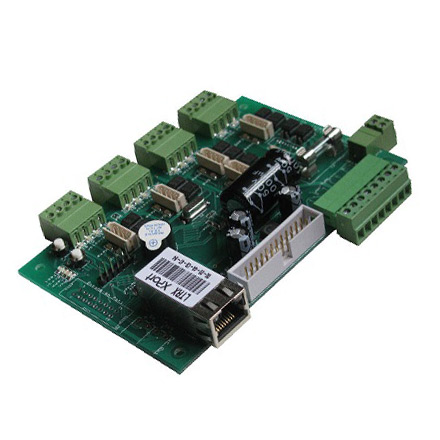

The Enigmatic Allure of Reflective Grey Glass
In contemporary architecture and design, materials play a pivotal role in shaping the aesthetics and functionality of spaces. Among these materials, reflective grey glass stands out, encapsulating modern elegance while offering a myriad of practical benefits. Its understated hue and reflective qualities create a unique interplay between the built environment and nature, inviting reflection—both literal and metaphorical.
Reflective grey glass is characterized by its sleek, metallic finish that gives it a mirror-like quality. This distinctive appearance allows it to blend seamlessly into various architectural styles, from ultra-modern skyscrapers to minimalist residences. The versatility of grey glass provides architects and designers with a canvas to create stunning visual effects. When incorporated into facades, it can reflect surrounding landscapes, sky, and even the movements of people, making buildings seem alive and in dialogue with their environment.
One of the remarkable aspects of reflective grey glass is its ability to modify light without sacrificing visibility. It filters sunlight, reducing glare while allowing natural light to permeate interiors. This creates spaces that feel open, airy, and connected to the outdoors. Moreover, the reflective quality enhances privacy, making it a popular choice for office buildings and residential projects alike. With such a balance of light and seclusion, reflective grey glass plays a key role in improving the comfort of spaces, thereby elevating the overall well-being of occupants.
Moreover, the energy efficiency of reflective grey glass cannot be overstated. As concerns about climate change and energy consumption have intensified, the demand for sustainable building materials has surged. Reflective glass can significantly reduce the need for artificial lighting during daytime hours. Its heat-reflective properties help in minimizing cooling costs in warmer climates by deflecting solar heat, thus contributing to lower energy bills and a reduced carbon footprint. Architects are increasingly recognizing this material not only as a design element but as a critical component of sustainable architecture.

On an emotional level, reflective grey glass evokes a sense of calm and sophistication. Its muted tones can add a layer of depth to a space, providing a backdrop that enhances other colors and design elements. This neutrality allows for an easy integration of diverse styles and personal tastes. In urban environments, where the hustle and bustle can be overwhelming, buildings adorned with reflective grey glass can inspire a moment of pause—offering a glimpse of the world through a veil of serenity.
Additionally, reflective grey glass has significant benefits in terms of durability and maintenance. Unlike traditional glass, which can easily become scratched or stained, reflective glass is often treated with coatings that enhance its resistance to wear and tear. This added durability means that structures utilizing reflective grey glass can maintain their aesthetic appeal over the years without extensive upkeep. Moreover, the ease with which reflective glass can be cleaned contributes to its practical application in various settings.
Artisans and artists have even begun to experiment with reflective grey glass beyond architecture. Installations and sculptures made from this material have emerged in galleries and public spaces, each piece inviting viewers to engage with their own reflections and perceptions as they move around the artwork. This dynamic essence expands the potential of reflective grey glass, transforming it into a medium of personal engagement and expression.
In conclusion, reflective grey glass is more than just a building material; it is a manifestation of modern design principles that marry aesthetics with practicality. Its elegant appearance, coupled with its energy efficiency and durability, makes it an ideal choice for contemporary architecture. As society continues to embrace the interplay between nature and the urban environment, reflective grey glass will undoubtedly remain at the forefront of innovative design trends. Its ability to reflect the world while simultaneously encouraging introspection ensures that it will continue to inspire architects, designers, and artists for years to come, making it a true icon of modernity.